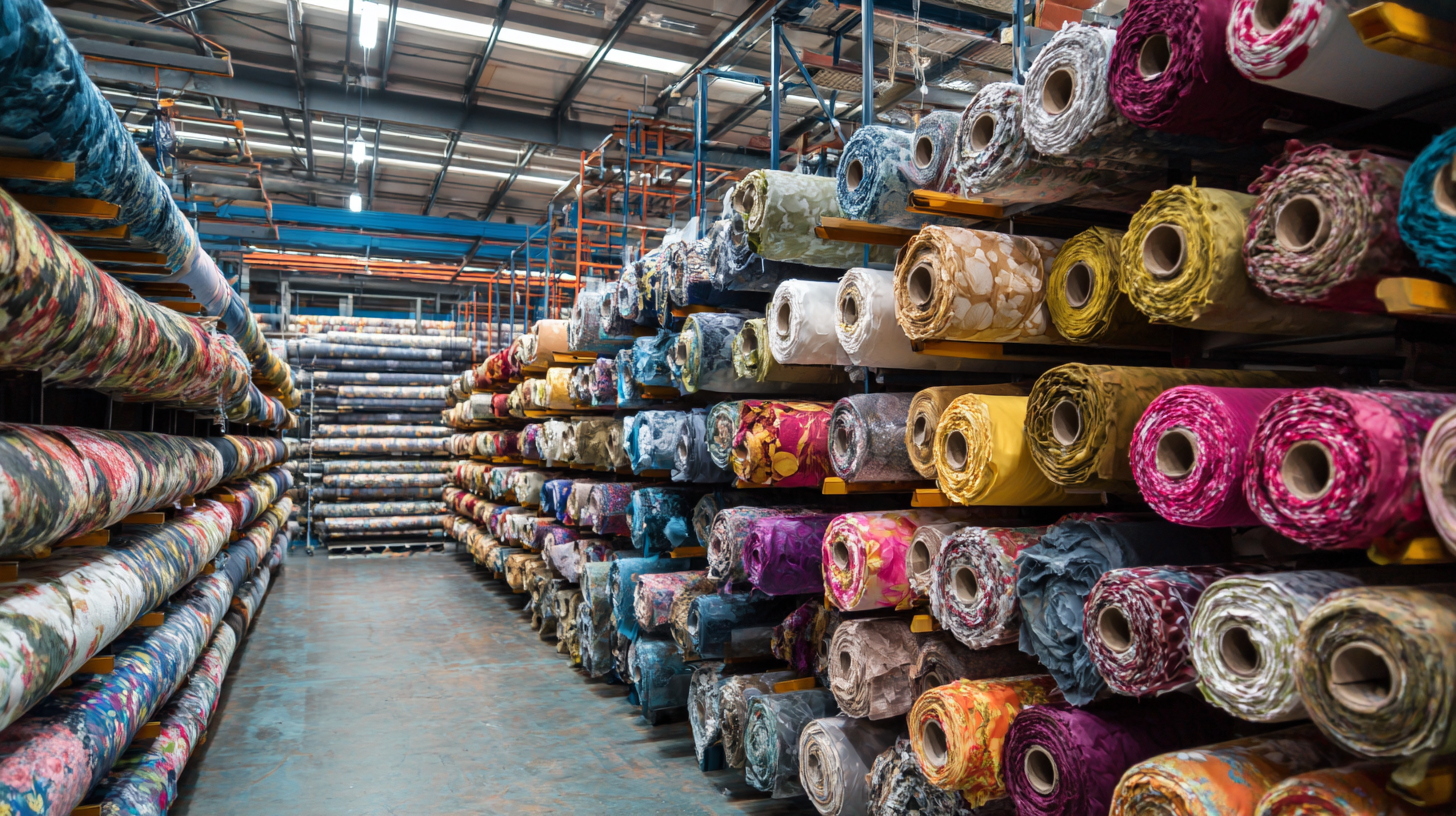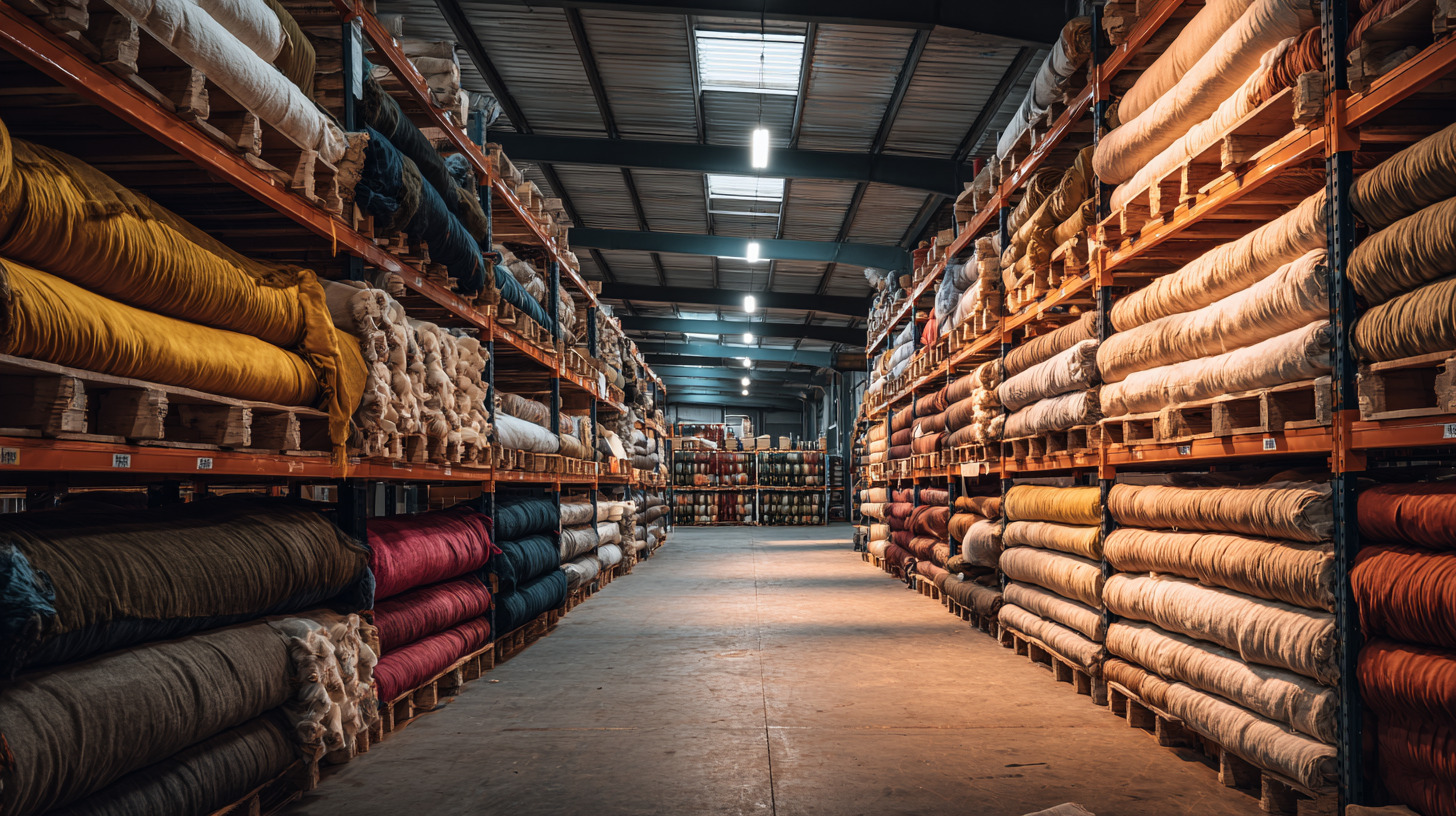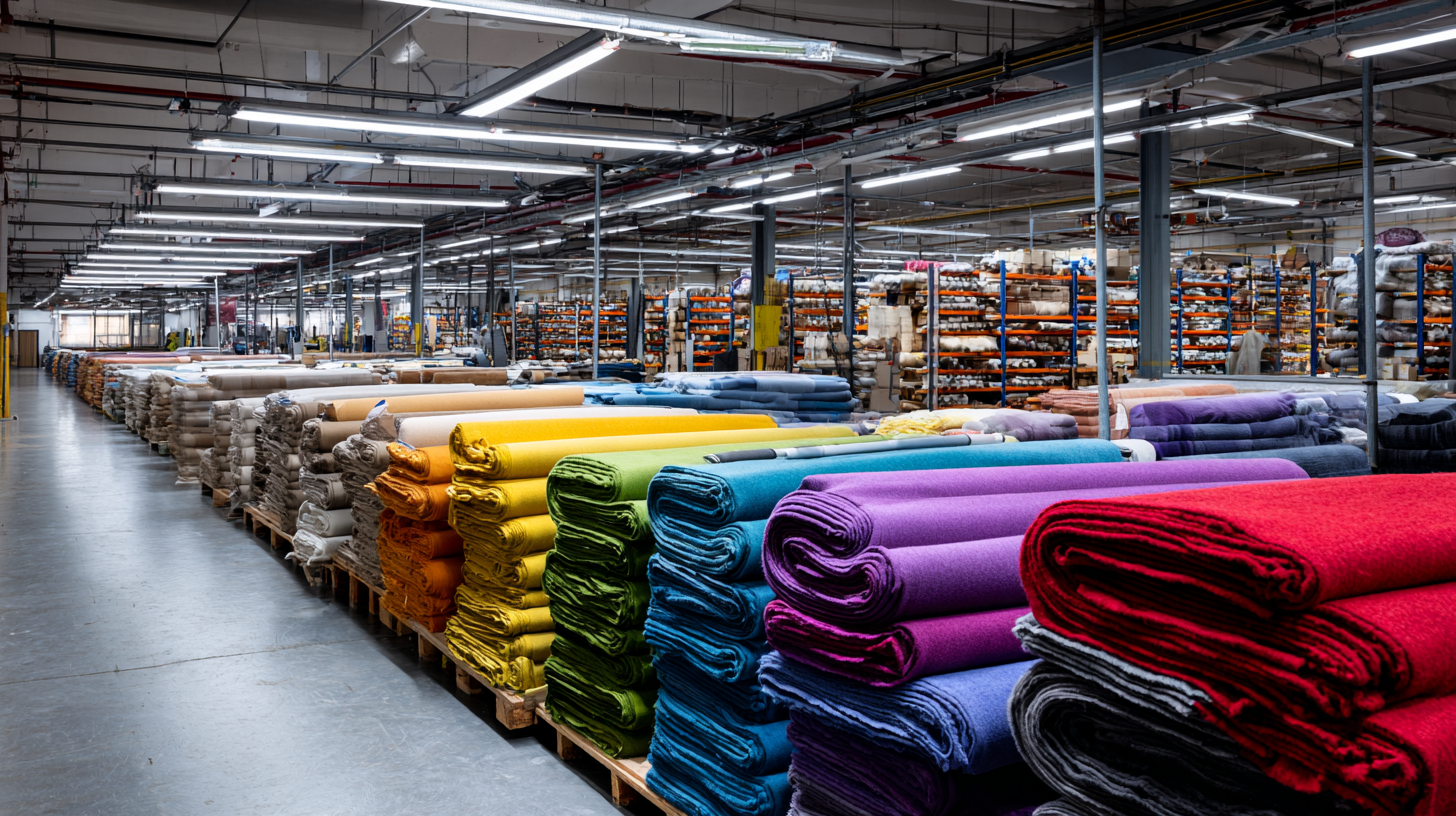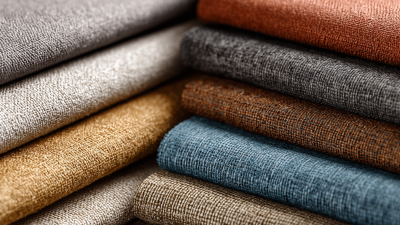-
San Francisco
2170 Cesar Chavez Street, San Francisco: (415) 495-4201
Free Parking at our San Francisco Location
2025 Top 5 Fabric Warehouse Trends You Can't Miss for Your Next Project
As we step into 2025, the landscape of fabric warehouses is evolving rapidly, influenced by emerging trends that cater to both innovative designs and sustainable practices. The fabric warehouse stands at the intersection of creativity and practicality, serving as a crucial resource for designers, crafters, and manufacturers alike. Understanding the top trends in fabric warehouses not only allows you to stay ahead in your projects but also helps you make informed decisions that align with the latest industry movements.
In this article, we will explore the five pivotal trends shaping the fabric warehouse industry in 2025. From digital advancements that streamline inventory management to the growing emphasis on eco-friendly materials, these trends reflect the changing demands of consumers and the industry’s response. Whether you are a seasoned professional or a newcomer embarking on your creative journey, recognizing these trends will enhance your ability to source the perfect materials for your upcoming projects. Join us as we delve into the vital fabric warehouse trends you simply can't afford to miss this year.

Emerging Sustainable Fabrics: A 30% Increase in Eco-Friendly Options by 2025
As we approach 2025, the fabric warehouse industry is witnessing a remarkable shift towards sustainability. The emergence of eco-friendly options is expected to increase by 30%, reflecting a growing demand for fabrics that are both stylish and responsible. This shift is not just a trend but a necessity, as consumers and designers alike prioritize materials that minimize environmental impact. Sustainable fabrics include organic cotton, Tencel, and recycled polyester, offering not only ecological advantages but also vibrant aesthetics and durability.
When embarking on your next project, consider these tips to embrace eco-friendly fabrics. First, research and source materials from suppliers that prioritize sustainability. Look for certifications like GOTS (Global Organic Textile Standard) or OEKO-TEX, which ensure that textiles meet environmental and safety standards. Second, explore alternative dyeing methods, such as natural dyes or waterless techniques, to further reduce the environmental footprint of your project. Lastly, think creatively about how to incorporate sustainable practices in the design process—whether it’s by upcycling existing materials or opting for designs that promote longevity rather than fast fashion.
By choosing eco-friendly options, you not only create beautiful projects but also contribute to a more sustainable future. With a 30% increase in availability by 2025, now is the perfect time to explore these innovative materials and make conscious choices in your fabric selection.
2025 Top 5 Fabric Warehouse Trends You Can't Miss for Your Next Project
| Trend | Description | Projected Market Growth (%) | Eco-Friendly Options Increase (%) |
|---|---|---|---|
| Emerging Sustainable Fabrics | Increase in materials made from recycled and renewable resources. | 25% | 30% |
| Smart Textiles | Integration of technology into fabrics, enabling functionalities like temperature control. | 15% | 5% |
| Bamboo Fabric | Growing popularity due to its sustainability and natural antibacterial properties. | 20% | 20% |
| Biodegradable Fabrics | Fabrics that break down naturally without harming the environment. | 10% | 25% |
| Recycled Polyester | Fabric made from recycled plastics, reducing waste and energy consumption. | 30% | 35% |
Smart Textile Innovations: 40% of Fabric Manufacturers Adopting IoT Technologies
In 2025, the integration of IoT technologies in the textile industry is set to revolutionize fabric manufacturing, with 40% of fabric manufacturers reported to be adopting smart textile innovations. This shift aligns with the projected growth of the smart textiles market, which is expected to reach USD 26.1 billion by 2032, reflecting a significant surge from its valuation of USD 3.6 billion in 2023. As manufacturers increasingly utilize IoT capabilities, creating responsive, adaptive fabrics tailored for various applications, the landscape of textile manufacturing will undergo transformative changes.
Moreover, the workwear segment is poised to benefit from these advancements, as the global workwear market is expected to expand from USD 20.06 billion in 2025 to USD 30.60 billion by 2033, growing at a compound annual growth rate (CAGR) of 5.12%. This growth emphasizes the need for innovative and durable textile solutions, driven by the demand for multifunctional materials that can withstand the rigors of various work environments. The combination of smart textiles and evolving market needs presents a unique opportunity for manufacturers to innovate and enhance their product offerings in the coming years.

The Rise of Circular Economy: 25% Growth in Recycled Material Usage in Fabric Production
The fabric industry is undergoing a significant transformation with the rise of the circular economy, a concept that emphasizes sustainability and resource efficiency. As consumers become more environmentally conscious, fabric manufacturers are progressively incorporating recycled materials into their production processes. Recent data suggests a striking 25% growth in the use of recycled materials for fabric production, highlighting a shift towards more sustainable practices. This trend not only reduces waste but also minimizes the depletion of natural resources, resonating well with the broader goals of environmental conservation.
Incorporating recycled materials into fabric production not only addresses sustainability concerns but it also opens up new creative possibilities for designers. These fabrics can be designed to maintain high quality and performance while promoting a responsible consumption ethos. The growing availability of eco-friendly materials signals a bright future for the industry, allowing brands to meet consumer demand for sustainable options while also differentiating themselves in the competitive market. Embracing the circular economy is not just a trend—it's becoming a vital strategy for businesses that aim to thrive in the evolving landscape of fabric production.
Data-Driven Inventory Management: 50% Reduction in Waste through AI Optimization
Data-driven inventory management is revolutionizing the textile industry, allowing businesses to significantly reduce waste through advanced AI optimization techniques. Recent reports indicate that adopting AI in the textile market is poised to transform operations, with the market projected to grow from USD 4.12 billion in 2025 to an estimated USD 68.44 billion by 2035. This rapid growth reflects the increasing reliance on AI technologies to enhance supply chain efficiency and decision-making processes.
For instance, companies are now reporting up to a 50% reduction in inventory waste by implementing AI-driven analytics. This optimization not only streamlines inventory management but also aligns production more closely with demand, mitigating overproduction. As industries face growing pressures to adopt sustainable practices, such innovations provide a dual benefit of increased efficiency and improved environmental impact. The Scotts Miracle-Gro Company's recent success in halving their inventory through AI exemplifies the tangible benefits of embracing such technologies in the supply chain domain, setting a benchmark for others in the textile industry to follow.

Consumer Demand for Customization: A 35% Surge in Bespoke Fabric Orders Expected by 2025
As the fabric warehouse industry evolves, a significant trend emerges: the mounting consumer demand for customization. According to a recent report by Technavio, the bespoke fabric market is projected to witness a remarkable 35% increase in orders by 2025. This trend reflects a shift in consumer preferences, with an increasing number of individuals seeking unique, personalized fabrics that cater to their specific needs and styles. The rise of online platforms has facilitated this demand, allowing customers to design and order custom fabrics from the comfort of their homes.
Additionally, a study by Mordor Intelligence emphasizes that the customization trend is driven by millennials and Gen Z consumers, who prioritize individuality in their purchases. This demographic is not only willing to invest more in tailored products but also actively seeks out brands that offer personalized experiences. As fabric warehouses adapt to these preferences, innovative production technologies and streamlined order processes will be crucial to meeting this surge in bespoke demand. The ability to provide a diverse array of customizable options could become a key competitive advantage in an increasingly crowded market.
2025 Top 5 Fabric Warehouse Trends You Can't Miss
The chart below illustrates the expected surge in bespoke fabric orders and highlights key trends driving consumer demand for customization by 2025.


